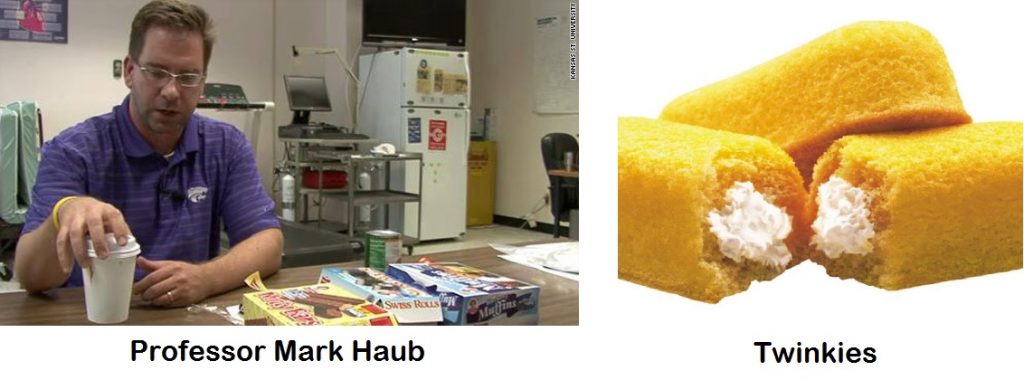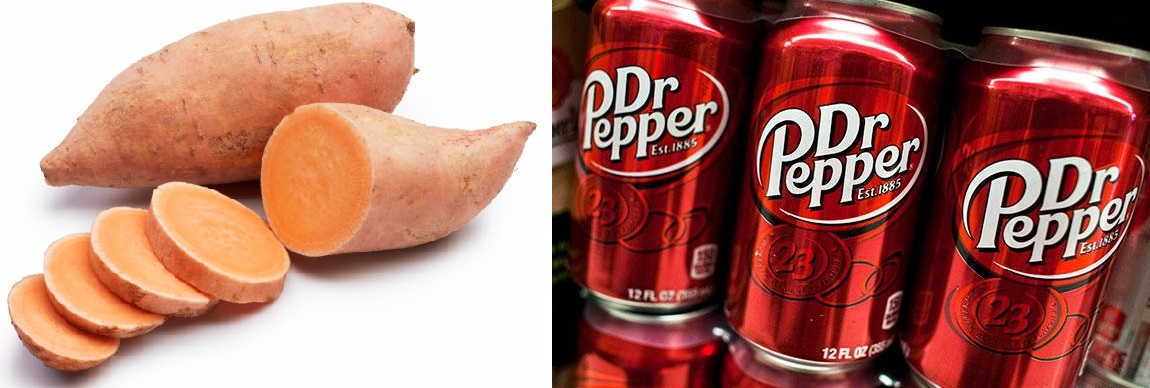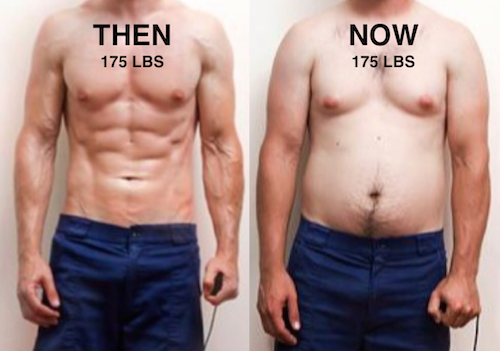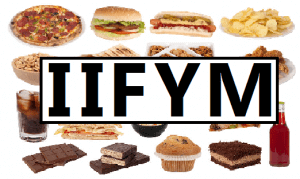This is one of the simplest diets to follow, which is one of the main reasons for its popularity. It’s often used by people who have a basic understanding of nutrition and tend to eat well, but like to maintain some flexibility. That’s why the I.I.F.Y.M. diet is also referred to as “Flexible Dieting”.
Diet “Rules”
- This diet centres around protein, carbohydrate and fat, which are the three main macro-nutrients, or “macros” for short.
- After selecting targets for protein, carbohydrate and fat intake for the day, the rule of I.I.F.Y.M. is that you can eat whatever foods you want to in order that your daily targets are met (not exceeded).
- In theory that would mean if you needed 100 grams of carbohydrate in a day, you could get this from wholewheat pasta or you could get it from jelly beans.
- In practice those who follow it will eat high quality, nutrient dense foods for 80-90% of their meals, allowing flexibility in the other 10-20% for “junk” foods, which can be eaten without considering it failing your diet.
The Basics Of Gaining or Losing Weight
Calories are units of energy and we need so many in a day to stay the same weight. That number is called your Maintenance calories, in other words you consume that many to maintain weight.
- If you eat more than your body needs that’s a calorie surplus.
- If you eat less than your body needs that’s a calorie deficit.
- A calorie surplus leads to weight gain
- A calorie deficit leads to weight loss
If all you’re interested in is your weight, then it’s as simple as that. Honestly, it is. You can eat whatever you want, as long as you hit your calorie target your weight will change up or down. When I say whatever, I mean whatever you want.

This is Professor of Human Nutrition at Kansas State, Mark Haub. He’s known for his Twinkie Diet. For those outside the US, a Twinkie is a sponge cake with a cream filling. To prove how effective calorie deficits are, he ate Twinkies, sugary cereal, cookies and crisps for 10 weeks.
He lost 27lbs, almost 2 stone, simply because he moved his total daily intake from 2,600 calories to 1,800 calories a day. In other words he created a calorie deficit.
So in terms of gaining or losing weight, simply change your calorie intake. That controls the number you see on the scales, but NOT the body you see in the mirror.

Improving Body Composition
What you see in the mirror is known as body composition, and that’s things like muscle mass and body fat percentage. If you lost WEIGHT on a crappy diet and didn’t exercise, you probably lost muscle mass.
For body composition, you need to consider your macro-nutrients, or “Macros”. That’s your carbohydrate, protein and fat intake, and that’s what the “If It Fits Your Macros” diet is asking you to count.
Professor Haub included whole milk and protein shakes because he didn’t want to lose muscle. If you lose muscle, you burn fewer calories at rest, meaning you have to eat even less to create a deficit. That’s not good practice, so keeping hold of muscle helps with weight loss efforts.
Depending on your goal, and also personal preference, you can find the optimal ‘split’ for you. This is the percentage of Protein, Carbohydrate and Fat that make your calorie total.
Here are three examples.

Remember that this is a calorie split and doesn’t represent grams of each type. Fat contains more than twice as many calories per gram than protein and carbs do, so for the weight-loss split where it says 30% carbs and fat, that might actually be 135 grams of carbs and only 60 grams of fat.
The easiest way to work it out is to start with your calorie total and work backwards. Say you want to eat 2000 calories on a weight loss split.
- 40% for protein is 800 calories.
- There are 4 calories per gram of protein, so 800/4 is 200 grams.
- Carbohydrate is 30%, which is 600.
- Again 4 calories per gram, so 600/4 is 150 grams.
- Fat is 30%, also 600 calories.
- There are 9 calories per gram of fat, 600/9 = 67 grams.
And there’s your split. Enter those into a calorie tracking app like My Fitness Pal and then try and hit your targets every day.
If you know what you’re doing you can make your own split. If you’re strength training and putting on weight, try 2 grams of protein per kilo of body-weight, 1 gram of fat per kilo of body-weight, and carbs to make up the difference.
This diet is not for everyone. People who hear “eat what you want” and think that translates to some version of the Twinkie diet are going to compromise their results. You need to consider micro-nutrients as well, getting your vitamins and minerals from quality unprocessed foods. If dinner calls for 60 grams of carbohydrate and you turn down sweet potatoes in favour of a bottle of Dr Pepper, yes you’re hitting your calorie target, yes you’re hitting your macros, no you’re not getting enough vitamins and minerals from that.

If it fits your macros is a great diet for people who have a good foundation of eating well but don’t want to be strict enough that they exclude foods. You can hit your macros with terrible processed foods and you might even look good on the outside, but your body will likely be deficient in certain things that will cause health problems in the long term.
For the diet to be beneficial you should look to have 80 to 90% of your calories from quality foods. The 10% of ‘naughty’ foods increases adherence, meaning your diet feels less like a chore and you’re more likely to stick to it. People who see healthy eating as a punishment will increase their stress levels which leads to fat storage, the opposite of what they want.
Another factor that determines your success on this diet is satiety, which is just how full you feel. A dinner involving sweet potato might have you feeling satisfied through to bed time. Something like fizzy drinks will give you a big blood sugar spike, then an equally big crash, and you’re hungry again an hour later.

Summary
- To follow If it fits your Macros you first need to decide on your macro-nutrient split. The most important one for weight loss is making sure you get adequate protein.
- Then decide on your total calories, which will be based on your goals.
- Maintenance is roughly 13 times your body-weight in lbs, not factoring in exercise.
- Then take your calories and work out how many grams you need of each macro-nutrient. Remember divide calories by 4 for protein and carbohydrate and by 9 for fat.
- Finally, track it. I use the mobile phone app My Fitness Pal, it has an easy interface, you can create a custom split and calorie total, and it even has a bar code scanner to save you reading nutritional tables.
- Remember, the majority of your calories still have to come from healthy foods, this is not a Twinkie diet.

